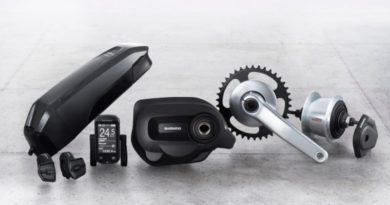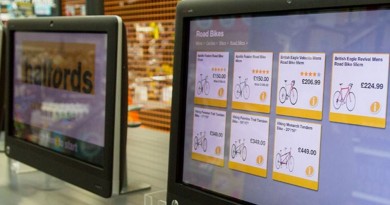How prioritising premium is paying off for Pinarello
Having stuck steadfastly to the ground upon which it excels Pinarello has registered some impressive numbers in Europe. Has the UK mirrored the same performance at a time when competitors are forging separate paths? Richard Hemington, UK MD opens up…
In the year to June 30th Cicli Pinarello reported sales up 24%, taking over €84 million and growing an operating margin by 30%. While no profitability figures were published, things appear to be moving in the right direction for the L Catterton owned, yet still Fausto Pinarello guided business from Italy. At a time when its closest rivals have diverged business models, or chased the eBike pie, Pinarello has held a steady course, staying very much focused on the brand’s core appeal; that being performance road.
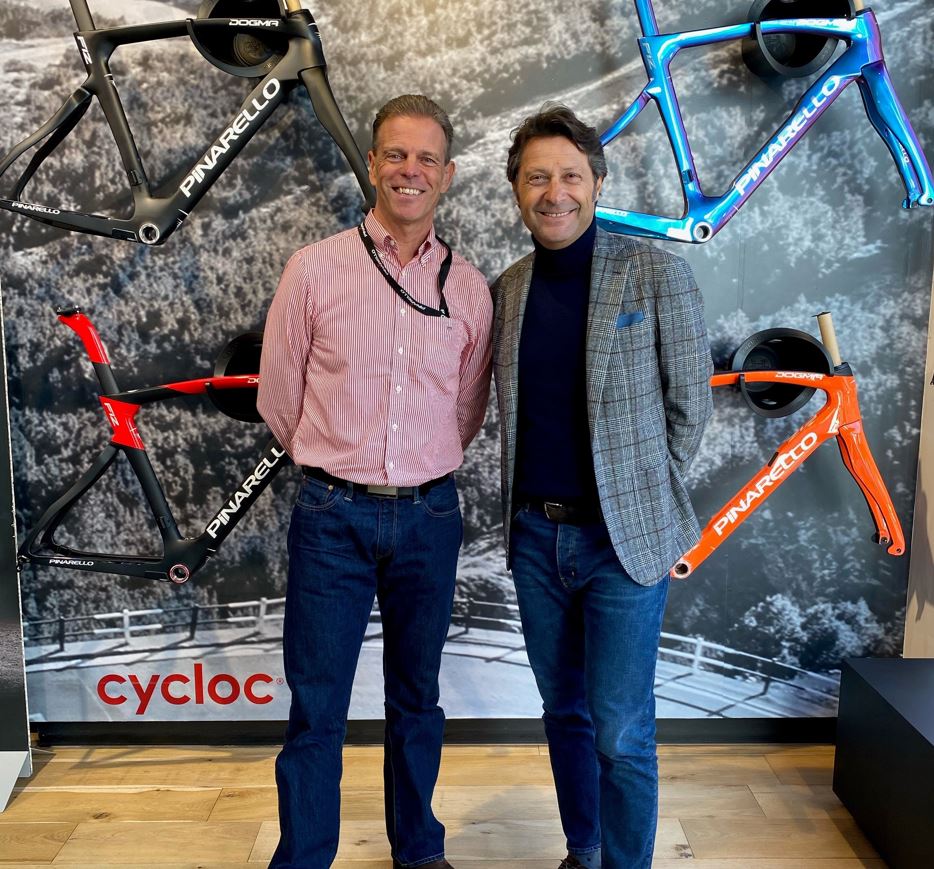 Though they do now exist in the catalogue “electric bikes may not yet be even 1% of our trade,” according to UK Managing Director, Richard Hemington. “Our sharp focus on non-electric premium road is how we have grown. New technology is coming through now to further reduce weight and noise that is quite exciting from a brand perspective. We might now be arriving at a time where a road eBike becomes more appropriate and desired. It remains fair to say though that our customer primarily wants pedal power; they’re buying for a London to Paris ride, or something similar and they want the best tool available with all the performance benefits the premium pedal powered segment offers.”
Though they do now exist in the catalogue “electric bikes may not yet be even 1% of our trade,” according to UK Managing Director, Richard Hemington. “Our sharp focus on non-electric premium road is how we have grown. New technology is coming through now to further reduce weight and noise that is quite exciting from a brand perspective. We might now be arriving at a time where a road eBike becomes more appropriate and desired. It remains fair to say though that our customer primarily wants pedal power; they’re buying for a London to Paris ride, or something similar and they want the best tool available with all the performance benefits the premium pedal powered segment offers.”
There exists a network of 40 retailers and a pair of brand stores currently servicing the demand for the brand, whose Dogma has become the pinnacle of desirability for many affluent and performance seeking customers. There could be more next year too, but not too many more. As one might expect, Pinarello has been careful to manage its locations for two reasons; the first being the quality of available dealer within a certain radius and the second the ebb and flow of supply limiting what can be reliably offered to partners. The latter, says Hemington, is now returning to a state where conversations are starting up again with new locations.
“We have less retailers now than in 2021 and decided to hold back up to five retail opportunities until such time supply of components became more predictable. The supply chain’s strains are now well documented and in some respects, we outperformed the conditions, but in others we just could not, particularly during peak Covid. Our customers do prefer Shimano and so we have held our ground sticking with them and that is now a strategy that’s coming good. As our brand is unashamedly premium we do not need so many partners, but we do need the right ones,” he explains.
On the subject of stores and noting that both London and Manchester have Pinarello brand experience centres, we have to ask – will Pinarello be adding further as other competing labels have done with increasing vigour lately? Furthermore, is there any concern that where aggressive acquisition tactics are now proliferating that what is a Pinarello store one day could be a Specialized or a Trek store tomorrow? No such concern seems to register, although clearly the subject is one that’s not been totally bypassed at Pinarello HQ.
Richard says: “I’m happy with the two flagships and the network we have. The brand stores are travelled to from around the globe and we don’t seek 200 retail partners because we’re not chasing that volume. We have of course already seen a store buyout happen with a former partner – Minster Cycles – and that’s fine. We will find opportunity elsewhere, but the stores sought, it seems so far, are not typically the ones we occupy because of the nature of the retailers we occupy.”
Quality over quantity, then, remains the theme and in this trading environment one might think that’s no bad territory upon which to park.
“Of course, there is difficulty emerging where the volume below £1,000 and even £2,000 has become too high. I’ve been around long enough to see such peaks and troughs before and the Covid bounce was extraordinary, retailers can never make up the lost sales now passed by and of course now all the promised inventory is arriving. The big challenge for the volume business is now compounded by a cost-of-living crisis,” he notes on a problem that somewhat passes Pinarello by.
Nonetheless, Richard has eyes on the data and says that while Pinarello didn’t get the same pronounced Covid bounce it’s therefore not had the same fall as many now face. What has happened is that, despite its premium end pitch, the brand has become seen as better value for money against those considered competitors, in part helped by the brand’s further investment into its Italian production in Treviso. Here there has been an expansion of the assembly, adding more capacity to turn out mostly Dogmas, but also to develop services that align well with the Pinarello customer’s desire for something a bit special, namely the MyWay custom paint finishing option, as well as new tooling and technology to advance the product.
For the retailer being able to offer the customer something a cut above the competition, alongside upgrade and service led trade, is a big draw for a brand that firmly stands behind its IBD support stance. Pinarello claims to offer more frame sizes than any other brand in its sphere (13) and Hemington says that “not being married to an in-house wheel or crank brand helps” and that from its stock retailers have versatility in choice of wheels, for example.
“A lot of retailers don’t want to customise too far as they can end up with a shed full of unwanted lines. Most Dogma customs are built by the retailers and those retailers do a good job fitting the customer and thus getting the correct parts for the customer,” he says.
Over time loyalty to the partner store has paid for both parties, says Richard. Retailers have apparently consistently invested more, but in part he suspects some of the growth has come “as a result of the actions of others.” Inevitably, we address the competition, the closest of which Richard departed from four years ago for Pinarello having spent near 28 years steering.
“Brands that are opening up a direct-to-consumer channel will have big challenges of their own. Alongside that channel, retailers are expected to pick up costs and for the customer I feel you can’t give a great service with the bike in the box model. Our retailers can rest assured we’re not about to compete against them.”
The reason? As Richard puts it “at this end of the market there’s a certain level of service the customer expects.”
He adds: “As we see it, local service is best. We pick the right retailer, invest in them and do the right thing for the customer at all stages. It’s very important for Pinarello and other luxury brands to get the personal and ownership experience right; this will matter more going forwards.”
So, what kind of retailers are catching the eye of a premium label like Pinarello and where, now that supply is getting back on track, will we see the brand emerge next?
“We saw two schools of thought after the Covid bike boom and I am particularly impressed by those that took the time to re-evaluate their service and prepare for the future with the cash that was at hand,” says Richard. “One store that springs to mind reinvested £30,000 in its workshop, putting in powered lift stands, added tooling and staff, knowing that the extra customers the business acquired during that time would need follow up service. They are now set up for handling more trade. I have to say, can you imagine if bike shops had not been allowed to remain open during Covid? I think our conversation would be very different today.”
Sticking with the long-lasting ripples of the pandemic, we are told that the costs of carbon production are settling and that overall disruption in Italy has been low, excluding the aforementioned bottleneck in component supply pains that was the company’s only real exposure to Asian lockdowns.
“Shipping is taking longer and is more expensive, but that’s just something we have to work with. It has led to price increases, but again as we do less volume than many Pinarello has been less affected. Really the main challenge is working fast enough to meet the demand of stores,” he says.
All things considered Pinarello is one of the businesses that has received big name backing and performed as the investors may have hoped. L Catterton, the investment vehicle that got behind Fausto Pinarello’s company in 2016, apparently has very little involvement day to day, trusting the business and its board to steer the ship, though the cash injection has had a lot to do with the progress of the U.S. and UK subsidiary businesses.
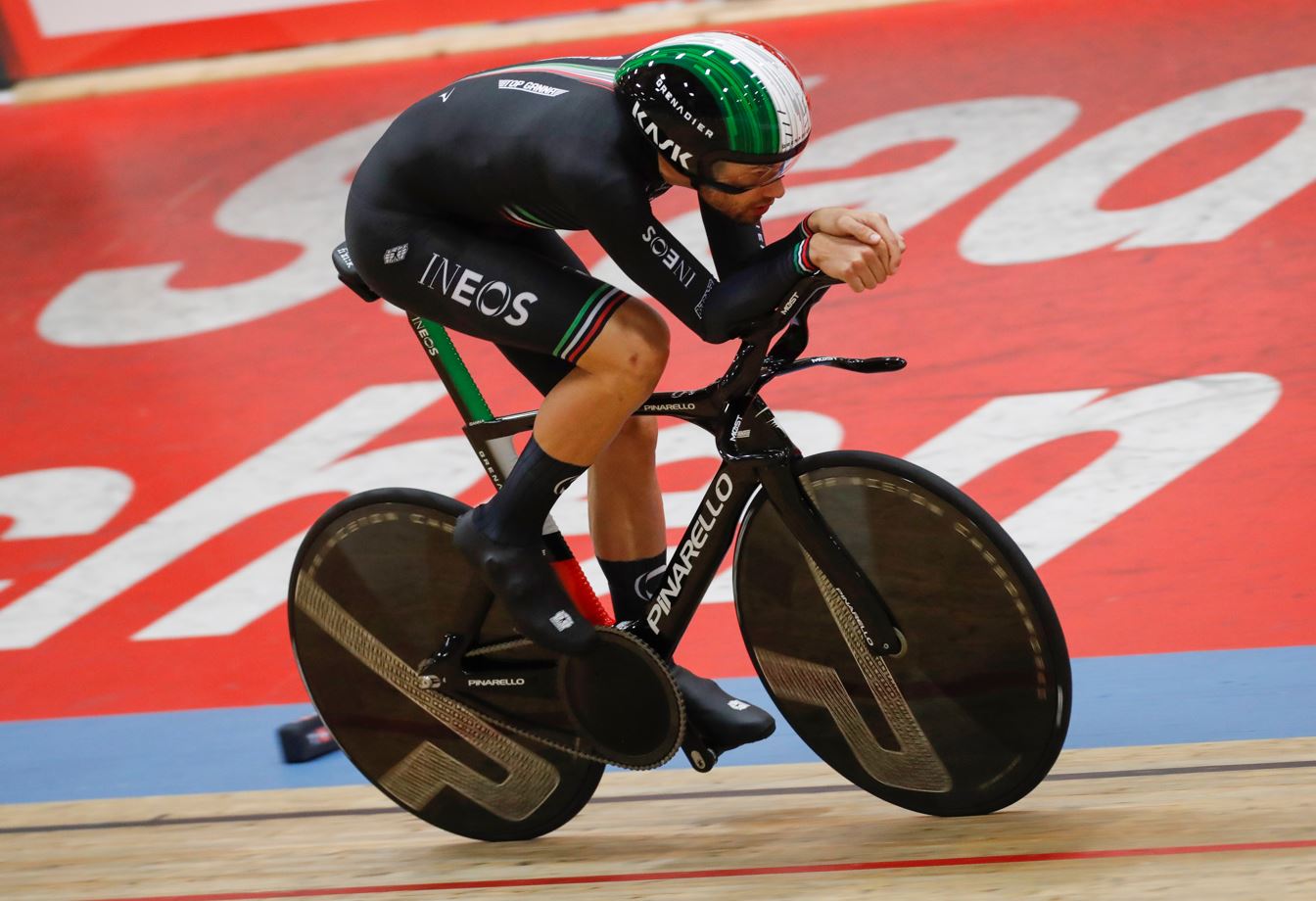 It also has benefits for the brand in R&D terms. Notably, the recent Hour Record obliteration by Filippo Ganna registers as a Pinarello success, it being a unique 3D printed Pinarello Bolide F HR frame on which he registered the record 227 laps and 1.2km extension on the prior benchmark. This claimed world first showed off the Italian manufacturer’s prowess in constant innovation on the world stage.
It also has benefits for the brand in R&D terms. Notably, the recent Hour Record obliteration by Filippo Ganna registers as a Pinarello success, it being a unique 3D printed Pinarello Bolide F HR frame on which he registered the record 227 laps and 1.2km extension on the prior benchmark. This claimed world first showed off the Italian manufacturer’s prowess in constant innovation on the world stage.
Richard says that the R&D department are capable of great things and that next year new, yet secretive for now technology will materialise in the product.
“The exercise on Ganna’s 3D printed bike was a lesson for us and it is of course a very special, unique record to hold; one now smashed to pieces by Filippo. We understand from that process what’s possible and we can see what might be possible in future too.”
It’s another marker for Pinarello’s decorated history, but while the sport’s side of the business is undoubtedly where the reputation has been made, a divergence into gravel bikes has meant that the road cyclists that hold such adoration for the brand have options away from the tarmac. Richard is one of them.
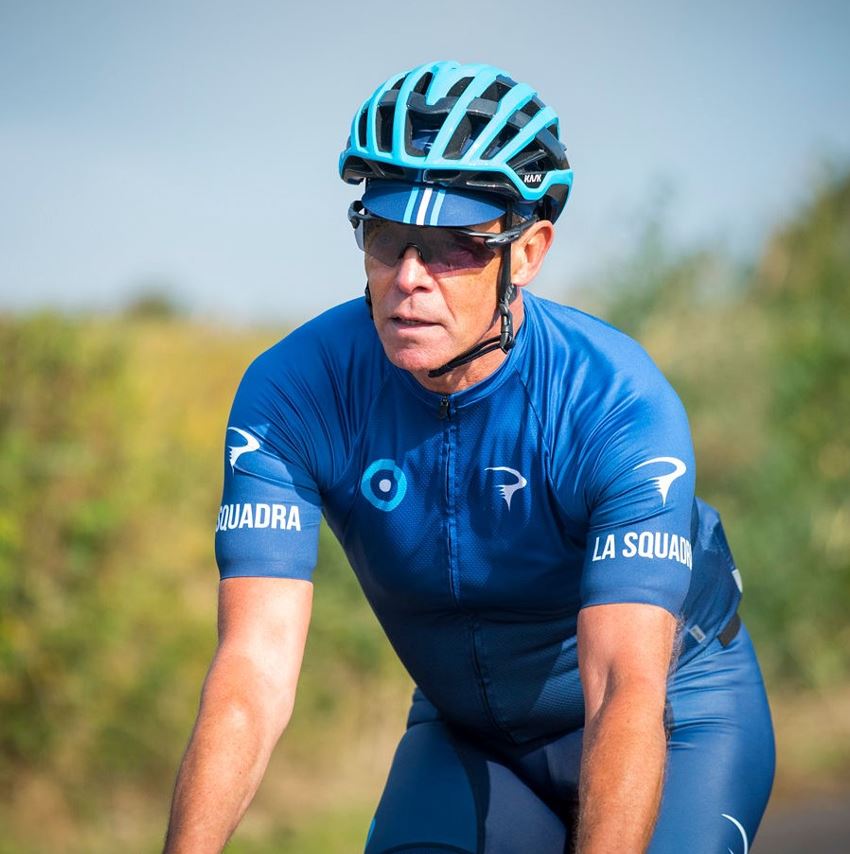 “My weekend rides often include gravel. As is probably the case for many, my personal reason is to access places I don’t normally ride. I took part in the Hotchillee Rollercoaster Girona gravel event in October, and while out in Surrey or Dorset I have found this type of riding very social. It has more challenges to offer than road riding at times,” explains Richard.
“My weekend rides often include gravel. As is probably the case for many, my personal reason is to access places I don’t normally ride. I took part in the Hotchillee Rollercoaster Girona gravel event in October, and while out in Surrey or Dorset I have found this type of riding very social. It has more challenges to offer than road riding at times,” explains Richard.
Who wouldn’t be tempted by some of the work Pinarello’s engineers have put in to replicating the premium brand feel on models like the Gravel F, which is now laying claim to being the first to fully integrate everything, enhancing the aerodynamics for those that want to carry some of their on road speed onto the fire roads and forest tracks. What’s more, the wide clearance is well-suited to the UK’s worst conditions; space being available for a 45mm tyre, or 2.1 if using a 27.5” wheel.
The appeal, he says, is furthered by the options it gives customers for winter training. “Particularly with the Grevil F you can choose specific options at the point of purchase and make it an all-rounder. Having a 1x setup with a 9 to 42 tooth cassette means you’ll get up anything the UK has to offer. The drivetrains are making these bikes much more versatile.”
Plenty, then for the IBD partner to keep busy with. In a final thought Richard says “I think the value of the brand is in the distribution and that means the right, carefully considered partners. For us that’s 100% bricks and mortar. Those shops that took time plan and reinvest, plus backed brands that will support their future – I think they’ll continue to do well in a tough market.”

